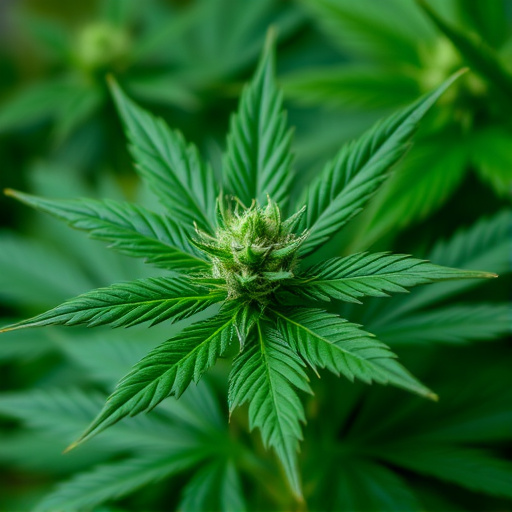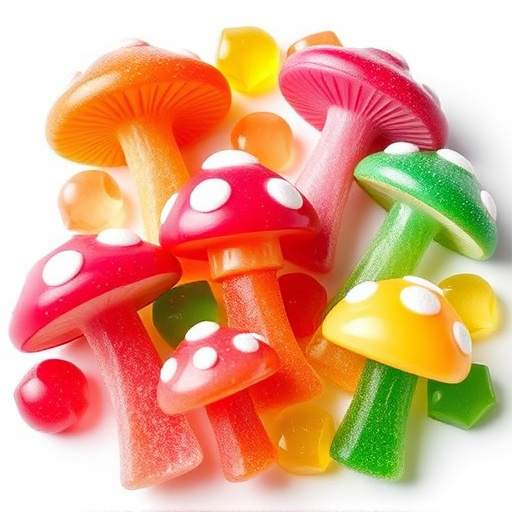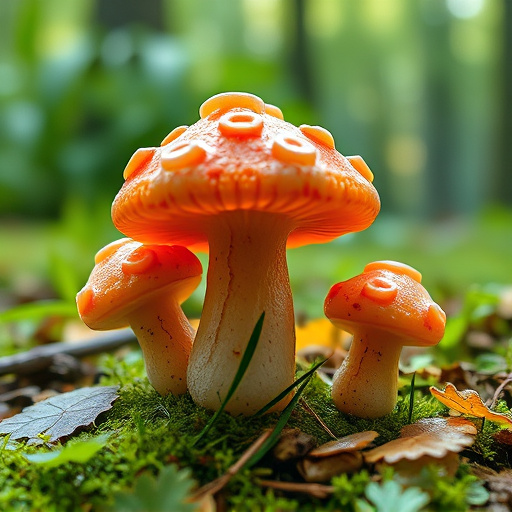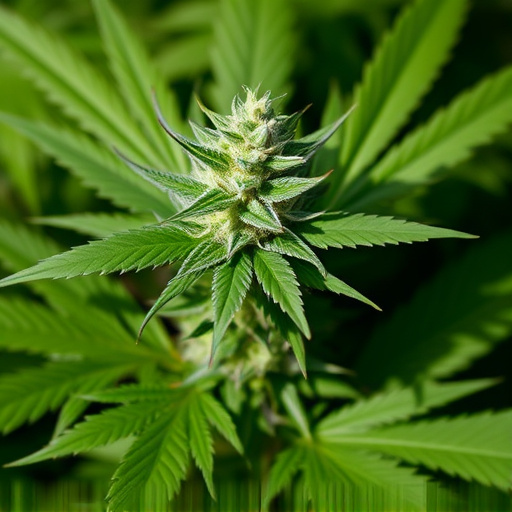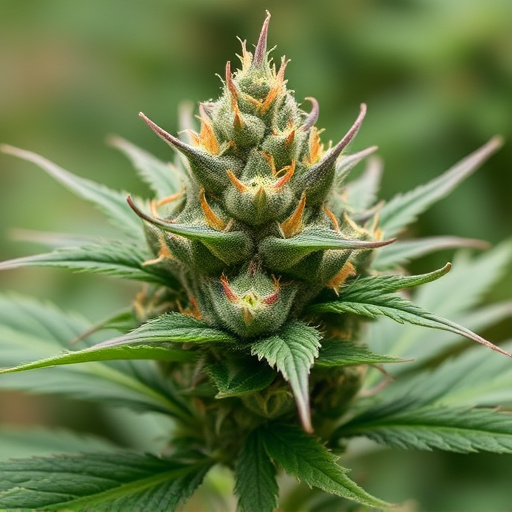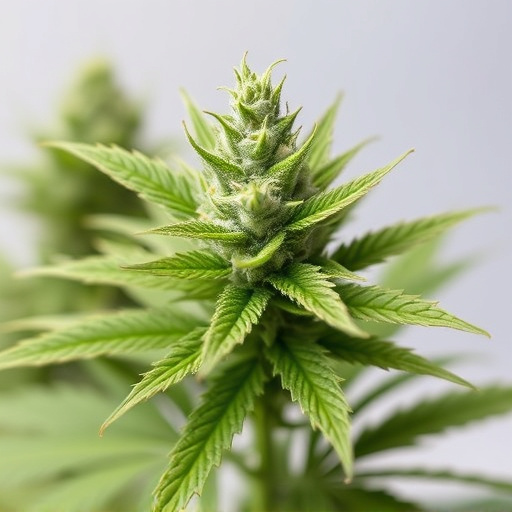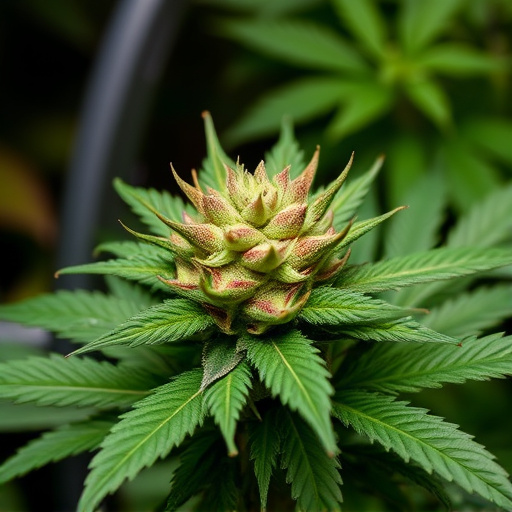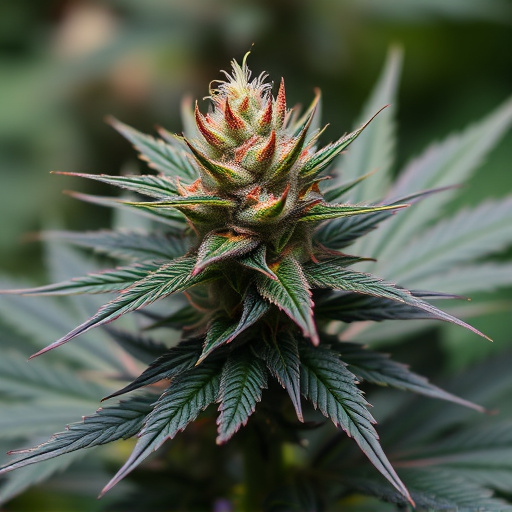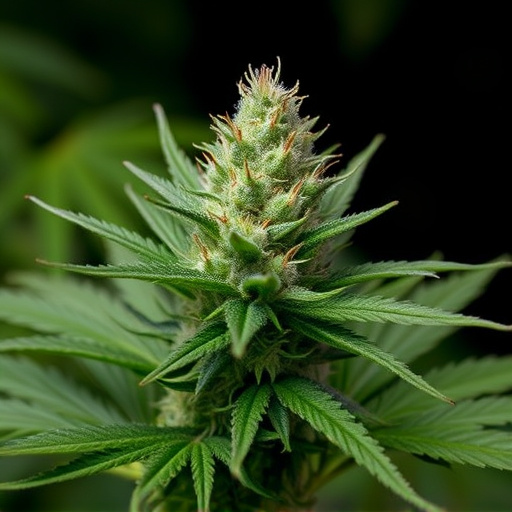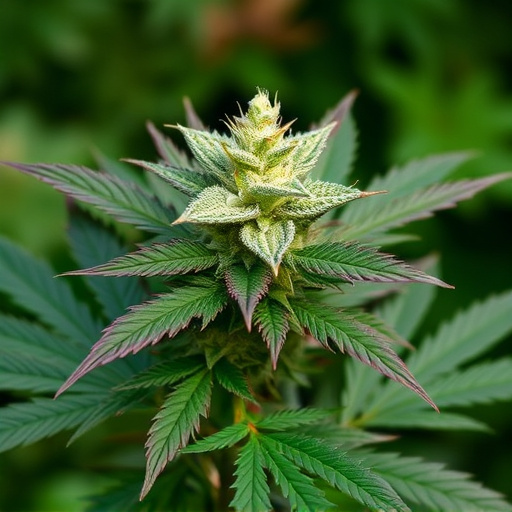Cannabis contains THC and CBD, with varying ratios offering distinct therapeutic benefits. High-THC strains alleviate pain, inflammation, and insomnia, while CBD-rich strains reduce anxiety, seizures, and neuroinflammation without psychoactive effects. Choosing the best strains of medical cannabis depends on individual needs, with consulting healthcare professionals recommended for safe, effective treatment.
Uncover the science behind THC and CBD, the key cannabinoids driving medical cannabis’s therapeutic potential. Learn how these compounds interact with our bodies to alleviate various conditions. This guide explores essential factors to consider for safe, effective dosing, ensuring optimal results from your medical cannabis treatment. Discover the best strains tailored to specific needs, offering a natural approach to managing pain, anxiety, and more.
- Understanding THC and CBD: The Role of Cannabinoids in Medical Cannabis
- Factors to Consider When Determining the Right Dosage
- Best Strains for Specific Conditions: A Guide to Medical Cannabis Therapy
Understanding THC and CBD: The Role of Cannabinoids in Medical Cannabis
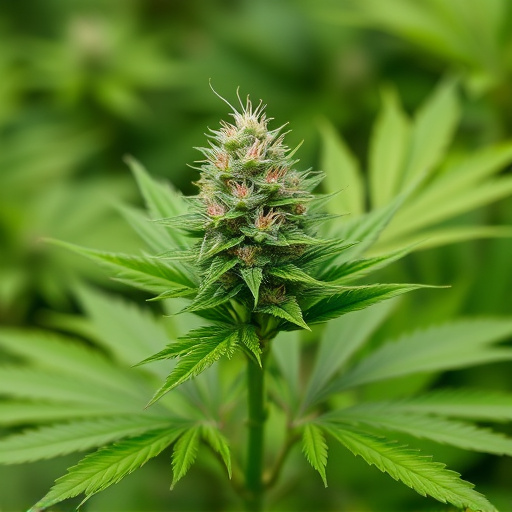
Cannabis contains a diverse range of chemical compounds, with two prominent ones being THC (tetrahydrocannabinol) and CBD (cannabidiol). These cannabinoids play crucial roles in medical cannabis, offering therapeutic benefits for various conditions. THC is responsible for the plant’s psychoactive effects, inducing feelings of euphoria and relaxation. It has shown promise in managing pain, stimulating appetite, and reducing inflammation. On the other hand, CBD lacks psychoactive properties but possesses significant medicinal potential. Research suggests it can alleviate anxiety, reduce seizures, and mitigate neuroinflammation.
The best strains of medical cannabis are often selected based on their unique cannabinoid profiles, aiming to provide optimal therapeutic effects. Different strains vary in THC and CBD concentrations, allowing patients to find the right balance for their specific needs. For example, high-CBD strains are popular among those seeking relief from epilepsy or anxiety without the mental impairment associated with THC. In contrast, balanced strains offering a similar ratio of THC to CBD may be ideal for pain management and improving mood. Understanding these cannabinoids and their effects is essential when navigating the world of medical cannabis.
Factors to Consider When Determining the Right Dosage
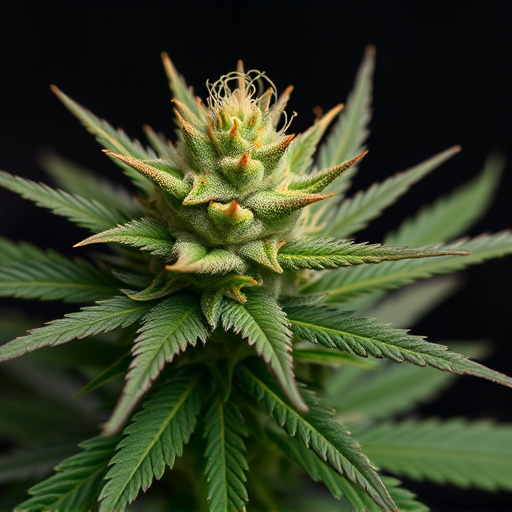
When determining the right THC and CBD dosage, several factors come into play. Firstly, understanding your condition and what you hope to achieve with medical cannabis is crucial. Different strains of medical cannabis have varying levels of THC and CBD, so selecting the best strains for your specific needs is essential. For instance, high THC strains may be more suitable for pain relief or insomnia, while CBD-rich strains are often preferred for anxiety or inflammation reduction.
The desired effect, personal tolerance, and metabolism also significantly influence dosage. As cannabis affects everyone differently, starting with a low dose and gradually increasing can help find the sweet spot without adverse side effects. It’s important to consult with a healthcare professional or budtender who can guide you based on your unique circumstances, ensuring a safe and effective treatment experience with the chosen best strains of medical cannabis.
Best Strains for Specific Conditions: A Guide to Medical Cannabis Therapy
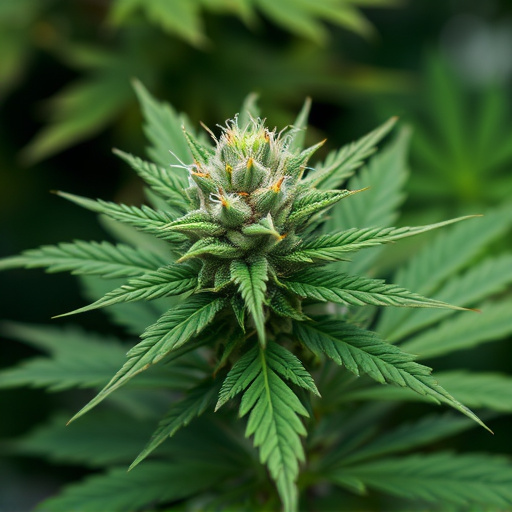
When exploring medical cannabis therapy, understanding the best strains for specific conditions is essential. Different strains offer unique combinations of THC and CBD, making some more suitable for treating particular symptoms than others. For instance, high THC strains can be beneficial for managing pain, inflammation, and insomnia due to their potent psychoactive effects. On the other hand, CBD-rich strains are often preferred for anxiety, seizures, and inflammation because they provide therapeutic benefits without the mental impairment associated with THC.
Some of the best strains for medical cannabis therapy include Indica varieties like Granddaddy Purple, known for its relaxing and sedative properties, making it ideal for insomnia and chronic pain. Sativa strains such as Blue Dream are popular for their uplifting effects, helping to alleviate stress and depression while increasing energy levels. Hybrid strains like OG Kush combine the best of both worlds, offering a balanced profile that can be effective for various conditions, from nausea reduction to muscle spasms.
When seeking the right THC and CBD dosage, understanding these cannabinoids’ roles in medical cannabis is essential. By considering individual factors and exploring the best strains for specific conditions, one can navigate the world of medical cannabis effectively. Remember that finding the optimal balance ensures a safe and beneficial experience with this increasingly popular treatment option. The guide above highlights key aspects to help you make informed decisions regarding your healthcare journey, including discovering the best strains of medical cannabis for your needs.

